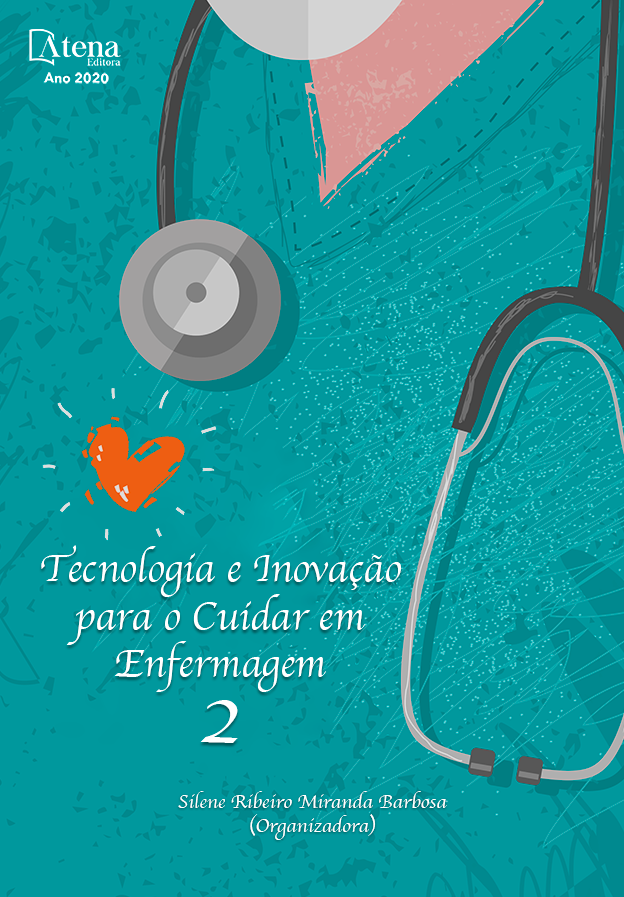
Action of the nurse in post-surgical traumatic lesions from the perspective of the articulation of health care networks
O enfermeiro habilitado e envolvido no manejo do cuidado de lesões traumáticas tem um papel fundamental na avaliação clínica, na terapêutica e na escolha das coberturas. Esse profissional, ainda, deve estar qualificado cientificamente no processo de cicatrização e epitelização, bem como nas escolhas dos produtos a serem utilizados no leito de cada lesão cuidada. Desse modo, a integralidade desse cuidado dependerá da continuidade da assistência prestada pela articulação entre as Redes de Atenção à Saúde. E, para se obter uma resolutividade das necessidades de saúde dos usuários, os profissionais de saúde, pertencentes as redes de atenção à saúde, devem ter constante diálogo entre os membros de sua equipe e entre os usuários. O objetivo deste estudo foi identificar e registrar o manejo clínico do cuidado nas lesões traumáticas de pacientes pós-cirúrgicos, atendidos em um hospital do oeste catarinense, conforme um protocolo institucional. Também, especificou os tipos de coberturas utilizados no tratamento destas lesões e a avaliação da articulação das redes quanto à continuidade do tratamento instituído. Tratou-se de um estudo observacional, descritivo com abordagem quantitativa e qualitativa realizado em um hospital de grande porte do oeste catarinense. Os dados coletados foram obtidos por meio de uma ficha de acompanhamento do cuidado com lesões de pele e suas coberturas, instituída no local do estudo. Os achados resultaram em 66,7% observações com lesões contaminadas; em que 33,3% possuíam tecido de granulação e 33,3% continham média quantidade de exsudato. Quanto a cobertura de escolha empregada pelos enfermeiros, 83,3% das lesões observadas, o SAFGel e Gaze de Rayon-Pielsana foram utilizados. O encaminhamento para as redes de atenção à saúde foi realizado com 83,3% dos pacientes internados. Evidenciou-se assim, nesse estudo, uma efetividade no manejo clínico das lesões traumáticas de pacientes pós-cirúrgicos a partir de boas escolhas e um bom custo-benefício nas coberturas adotadas.
Action of the nurse in post-surgical traumatic lesions from the perspective of the articulation of health care networks
-
DOI: 10.22533/at.ed.9552016103
-
Palavras-chave: Ferimentos e Lesões, Procedimentos operatórios, Cicatrização, Avaliação em Enfermagem
-
Keywords: Wounds and Injuries, Operative procedures, Wound Healing, Nursing Assessment
-
Abstract:
The nurse qualified and involved in the management of the care of traumatic injuries plays a fundamental role in clinical evaluation, in the therapy and the choice of coverage. This professional must also be scientifically qualified in the healing and epithelialization process as well as in the choices of the products used in the bed of each injury taken care of. Thus, the integrality of this care will depend on the continuity of the care provided by the articulation between health care networks. Moreover, in order to obtain a problem-solving capacity of the health needs of users, health professionals, belonging to health care networks, should have constant dialogue between your team members and between users. The aim of this study was to identify and record the clinical management care in the traumatic injuries of post-surgical patients, treated in a hospital in western Santa Catarina, according to an institutional protocol. It also specified the types of coverage used in the treatment of these lesions and the evaluation of the articulation of the networks regarding the continuity of continuity of the treatment instituted. This was an observational, descriptive study with a quantitative and qualitative approach conducted in a hospital large hospital in western Santa Catarina. The collected data were obtained through a follow-up form of care for skin lesions and its coverage, instituted at the study site. The findings resulted in 66.7% observations with contaminated lesions; 33.3% had granulation tissue 33.3% contained an average amount of exudat. Regarding the coverage of choice, 83.3% patients used SAFGel and Rayon-Pielsana Gauze. Regarding the coverage of choice used by nurses, 83.3% of the injuries observed, SAFGel and Gaze de Rayon-Pielsana were used. Referral to health care networks was performed with 83.3% of hospitalized patients. Thus, this study showed an effectiveness in the clinical management of traumatic injuries of post-surgical patients based on good choices and a good cost-benefit in the coverage adopted.
-
Número de páginas: 13
- Daniela Cristina Zanovelo
- Larissa Gabriella Schneider
- Jacira Batista de Oliveira
- Renata Mendonça Rodrigues
- Danielle Bezerra Cabral


